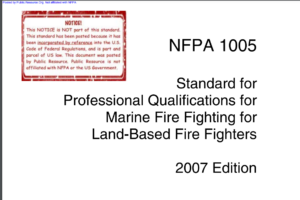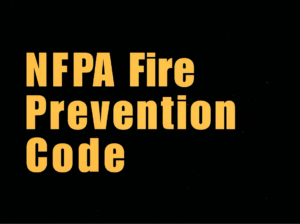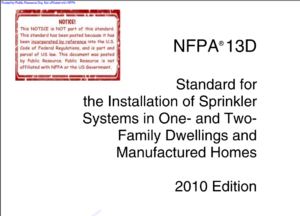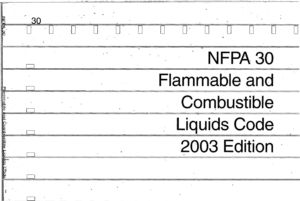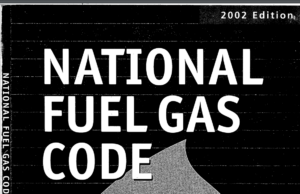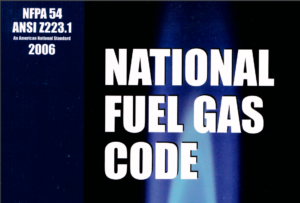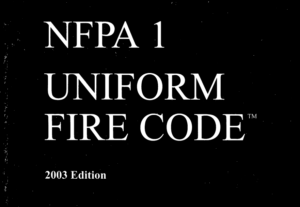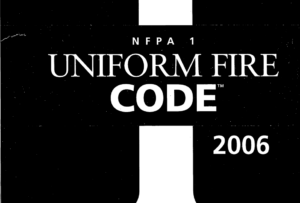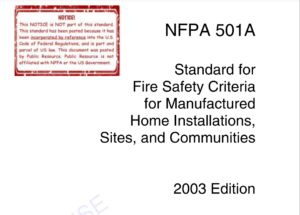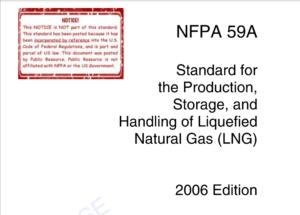
2006-NFPA-59A-Standard-for-the-Production–Storage–and-Handling-of-Liquefied-Natural-Gas—LNG
The 2006 edition of NFPA 59A provides comprehensive guidelines for the production, storage, and handling of Liquefied Natural Gas (LNG). It includes updates on safety measures, seismic design criteria for LNG containers, and detailed guidelines for new storage technologies. This edition also extends to contingency planning for marine transfer incidents, ensuring all aspects of LNG safety and handling are covered.

